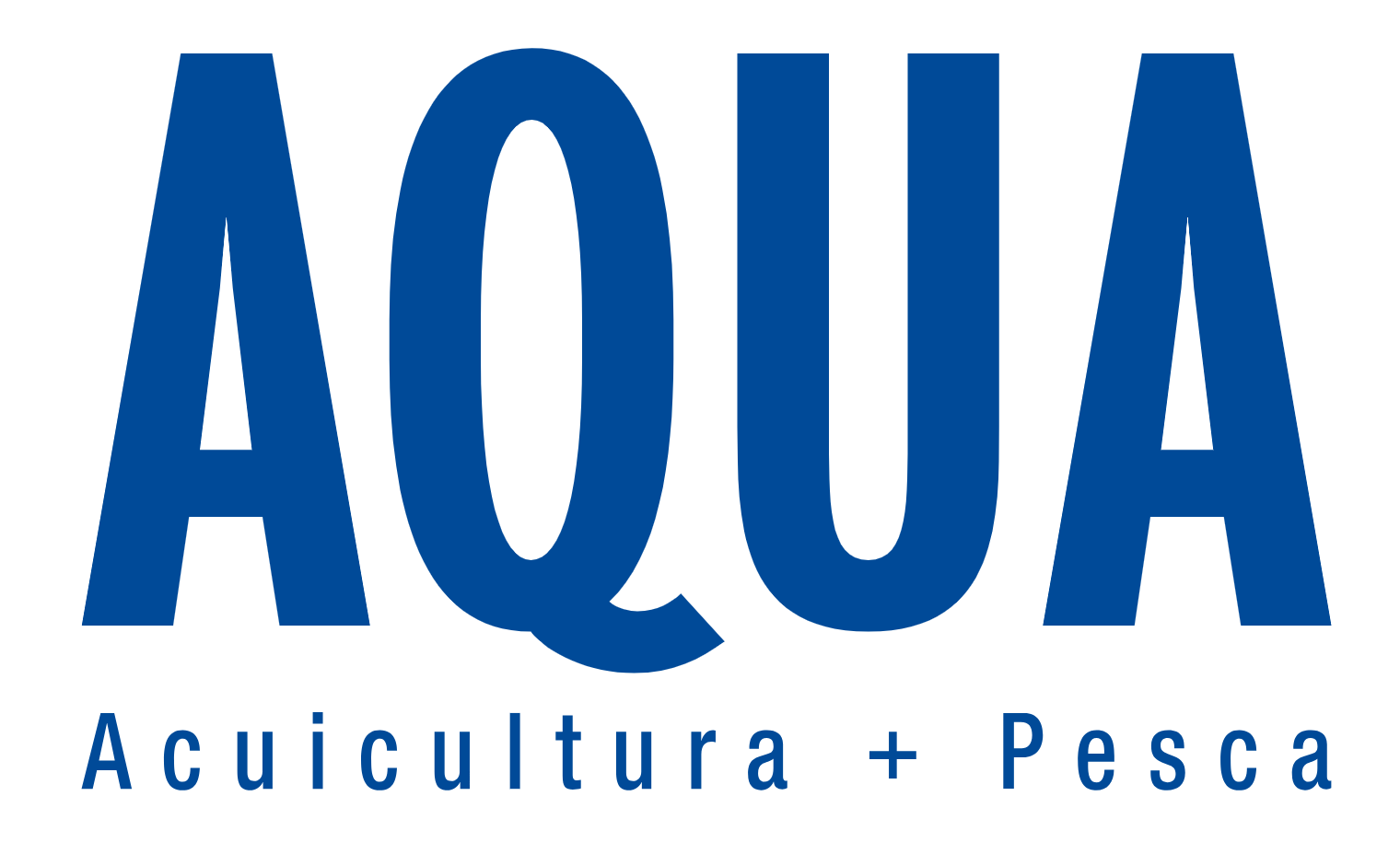ENGLISH (EN)
Bioaccumulation of selected veterinary medicinal products in the blue mussel
Veterinary medicinal products (VMPs) are widely used within the fish farming industry to control sea lice infestations. There is concern that wild and farmed mussels in the vicinity to these fish farms may be exposed and subsequently bioaccumulate these chemicals, which could pose a threat to human health.
To understand the fate of these chemicals in the environment, controlled laboratory exposures were performed to establish the uptake and depuration of selected VMPs in the blue mussel (Mytilus edulis). The VMPs included teflubenzuron, emamectin benzoate and deltamethrin.
The effects of salinity on the bioaccumulation of teflubenzuron were also investigated to see whether mussels in brackish waters exhibit different bioaccumulation dynamics. Salinity had no significant effect on the uptake or depuration curves for teflubenzuron down to 15%.
The uptake rate constants (k1) for teflubenzuron, emamectin benzoate and deltamethrin in mussels were 192, 4.82 and 2003, with kinetic bioconcentration factors (BCFs) of 1304, 49 and 2516. Depuration rate constants (k2) were also found to differ between the three VMPs at 0.147, 0.048 and 0.796 for teflubenzuron, emamectin benzoate and deltamethrin, with calculated elimination half-lives (t1/2) of 4.7, 14 and 0.87 days. The longer elimination half-lives for teflubenzuron and emamectin benzoate, suggest that these chemicals accumulate in blue mussels and therefore have the potential to bioaccumulate in wild and farmed mussel populations in the environment.
Click here to access the study.
ESPAÑOL (ES)
Los medicamentos veterinarios (VMP, por sus siglas en inglés) se utilizan ampliamente en la producción de peces para controlar las infestaciones de piojos de mar. Y existe la preocupación de que los mejillones silvestres y de cultivo en las proximidades de los centros puedan estar expuestos y, posteriormente, bioacumular estos químicos, lo que podría representar una amenaza para la salud humana.
Para comprender el destino de estos químicos en el medio ambiente, se realizaron estudios para establecer la captación y depuración de VMP seleccionados en el mejillón azul (Mytilus edulis). Los VMP incluyeron teflubenzuron, benzoato de emamectina y deltametrina.
Los efectos de la salinidad en la bioacumulación de teflubenzuron también se investigaron para ver si los mejillones en aguas salobres exhiben diferentes dinámicas de bioacumulación.
La salinidad no tuvo un efecto significativo en las curvas de captación o depuración para teflubenzuron hasta un 15%, sostiene la investigación, a la cual puede acceder presionando aquí.

